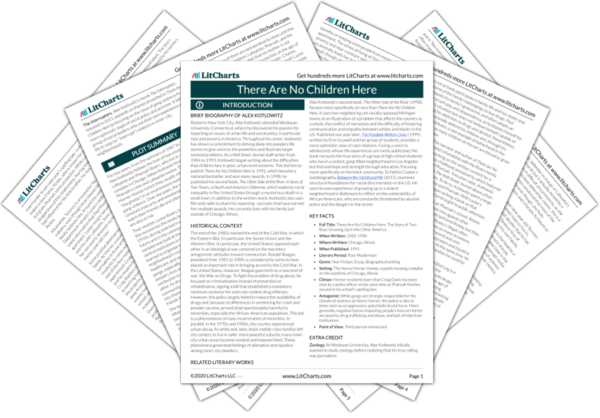Lafeyette’s refusal to communicate does not indicate apathy or rebelliousness but, rather, reveals hidden pain and vulnerability. His pragmatic considerations about the dangers of speaking up also highlight how isolated members of the Horner community have become, as simply talking to relieve one’s emotions can spur more violence.
